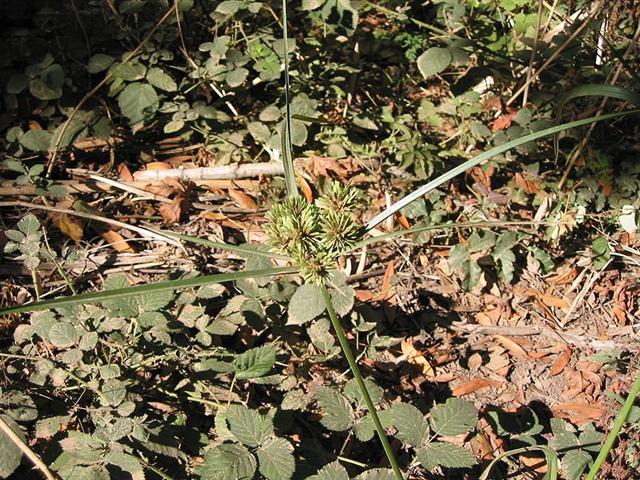It cannot be avoided. Although this 'chapter' in my glyph dictionary is by far the longest of them all (at least so far), I have to throw 'astrological mythology' into the stew. All myths are about time, it is stated in Hamlet's Mill, and I agree. Before astronomy (the age of the telescope) the events in time were summarized by myth using the dome of the sky as a frame of reference. Thus, the oldest known story, about Gilgamesh and Enkidu, his hairy companion, must be read as 'astrological myth'. I imagine Gilgamesh as the one who 'kindles, gilg, the sun, (sh)amash,' an event which takes place at the end of autumn, and Enkidu surely represents the wild and hairy spring 'animal'. "Without taking part in the heated discussion on the interpretation of the very name Gilgamesh - dGIS.GIN.MEZ/MAS, and other forms - one can mention that GIS means 'wood, tree', and MEZ/MAS a particular kind of wood, and that there are reasons for understanding our hero as a true Prometheus." (Hamlet's Mill) I have earlier quoted at length from Hamlet's Mill in order to put the kava drink in a greater mythological context. We can begin the discussion about 'the single leg' by reiterating a key event: ... Ishtar, scorned, goes up to heaven in a rage, and extracts from Anu the promise that he will send down the Bull of Heaven to avenge her. The Bull descends, awesome to behold. With his first snort he downs a hundred warriors. But the two heroes tackle him. Enkidu takes hold of him by the tail, so that Gilgamesh as espada can come in between the horns for the kill. The artisans of the town admire the size of those horns: 'thirty pounds was their content of lapis lazuli'. (Lapis lazuli is the color sacred to Styx, as we have seen. In Mexico it is turquoise.) Ishtar appears on the walls of Uruk and curses the two heroes who have shamed her, but Enkidu tears out the right thigh of the Bull of Heaven and flings it in her face, amidst brutal taunts. It seems to be part of established procedure in those circles. Susanowo did the same to the sun-goddess Amaterasu ... The 'right thigh' of Taurus (as I dare to interpret the Bull of Heaven) corresponds, I think, to the first half of summer, the period which once was inaugurated by Taurus at spring equinox (north of the equator). Furthermore, if the 'right thigh' was cut off and thrown into the face of Ishtar, then it ought to symbolize the end of spring. No more happy days with plenty of offspring. The 'tail' of the Bull was taken hold of by Enkidu, which ought to mean that the event should be located at the back side of the Bull (on side b). Here we have the 3rd variety of 'tail'. We have seen fish tails and bird tails, but no earth grazer's tail. Unless we count the 'tail of the rat' (hiki kioe):
|
